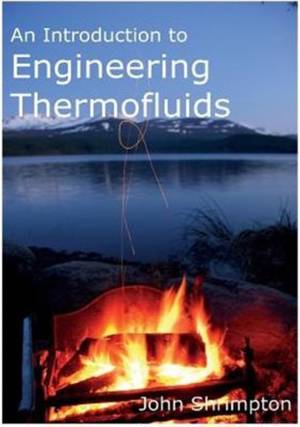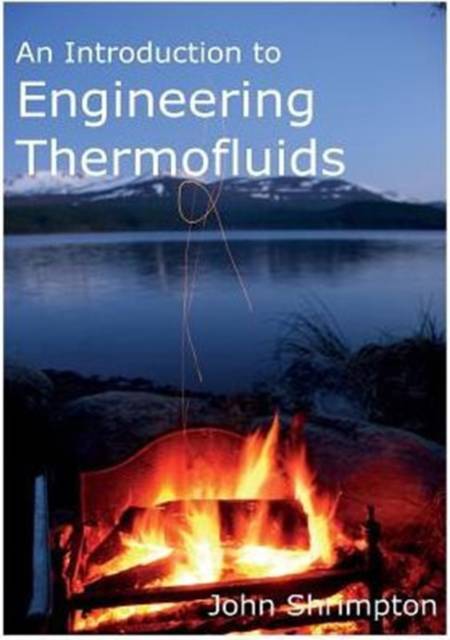
- Afhalen na 1 uur in een winkel met voorraad
- Gratis thuislevering in België vanaf € 30
- Ruim aanbod met 7 miljoen producten
- Afhalen na 1 uur in een winkel met voorraad
- Gratis thuislevering in België vanaf € 30
- Ruim aanbod met 7 miljoen producten
Zoeken
Omschrijving
This textbook provides a concise and clear incremental evolution of the introductory fluid mechanics and thermodynamics knowledge for first and second year engineering undergraduates. If you are a first or second year student of mechanical, chemical, aeronautical, marine or civil engineering this book is for you. Also this book is a suitable (and cheap) text for other science degrees where core knowledge of fluid mechanics and thermodynamics is required, for instance environmental science and meteorology. It may also help you if you are taking courses online. It is designed to support the lectures and examples you are given and help you answer the questions you are going to try to solve. It does not skip much, but there is not much padding. It does not seek to emulate the standard texts from the major publishers, which include lots of colour, examples, usually a vast array of web resources, DVDs and so on. I take the view that the lecturers who deliver your undergraduate course know their stuff and provide you with lecture slides which they explain, examples and other questions for you to try yourself. The book delivers the material incrementally, in more-or-less the order the students are actually taught the material over years 1 and 2. The challenge of developing a new introductory 'thermofluids' course, and the dearth of well priced and appropriate textbooks on the subject inspired me to write my own. I also saw no reason to give the rights to a publisher when none of the material is new and self-publishing is so straightforward. Taking this route allows me to keep the cost down to a small fraction of the combined cost of the alternatives.
Specificaties
Betrokkenen
- Auteur(s):
- Uitgeverij:
Inhoud
- Aantal bladzijden:
- 176
- Taal:
- Engels
Eigenschappen
- Productcode (EAN):
- 9780992665012
- Verschijningsdatum:
- 1/04/2015
- Uitvoering:
- Paperback
- Formaat:
- Trade paperback (VS)
- Afmetingen:
- 210 mm x 297 mm
- Gewicht:
- 435 g

Alleen bij Standaard Boekhandel
+ 83 punten op je klantenkaart van Standaard Boekhandel
Beoordelingen
We publiceren alleen reviews die voldoen aan de voorwaarden voor reviews. Bekijk onze voorwaarden voor reviews.











